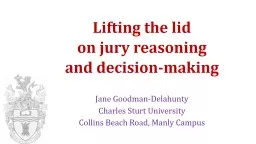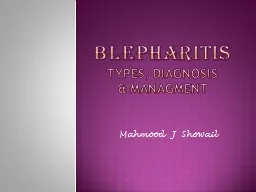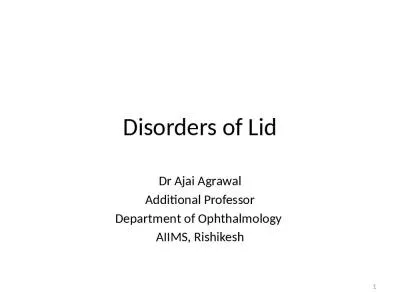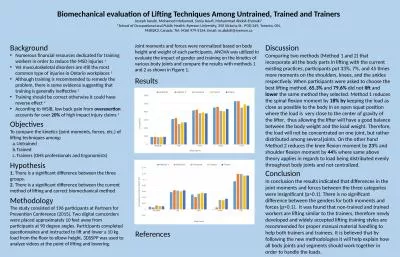PPT-Lifting the lid
Author : pasty-toler | Published Date : 2017-06-29
on jury reasoning and dec isionmaking Jane GoodmanDelahunty Annie Cossins Natalie Martschuk Introduction Perceptions of jury competence J uries are perceived
Presentation Embed Code
Download Presentation
Download Presentation The PPT/PDF document "Lifting the lid" is the property of its rightful owner. Permission is granted to download and print the materials on this website for personal, non-commercial use only, and to display it on your personal computer provided you do not modify the materials and that you retain all copyright notices contained in the materials. By downloading content from our website, you accept the terms of this agreement.
Lifting the lid: Transcript
Download Rules Of Document
"Lifting the lid"The content belongs to its owner. You may download and print it for personal use, without modification, and keep all copyright notices. By downloading, you agree to these terms.
Related Documents














